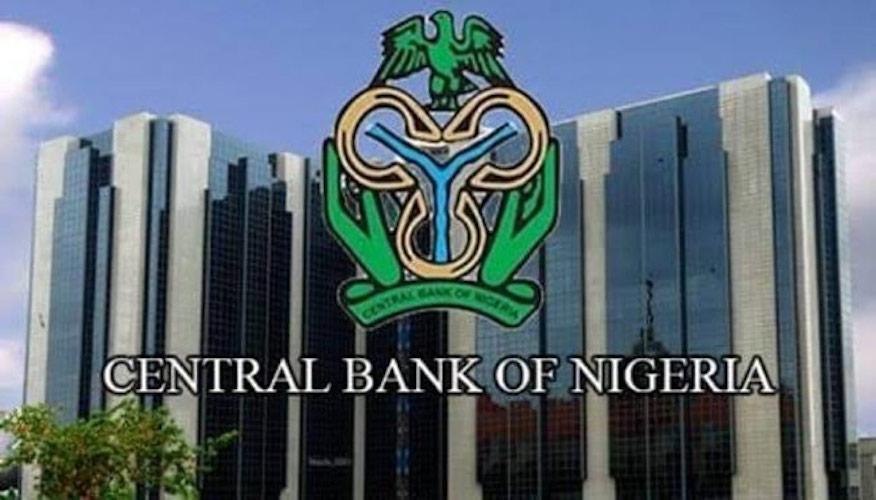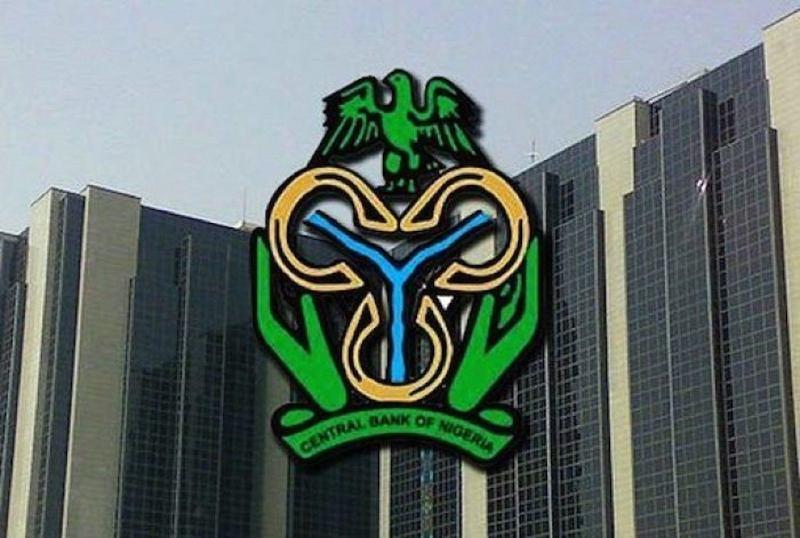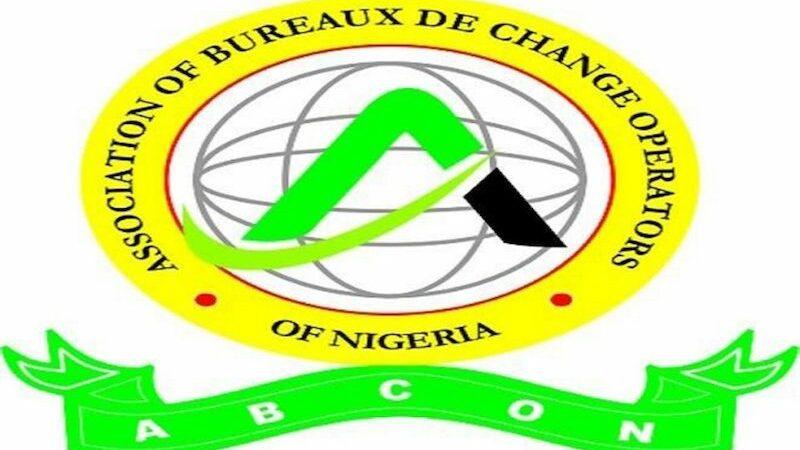•Federally-collected revenue drops to N2.6tn
Obinna Chima
The Central Bank of Nigeria (CBN) sold a total of $9.98 billion to authorised foreign exchange dealers in the fourth quarter of 2019.
The data, extracted from the central bank’s economic report for the fourth quarter of 2019, obtained on its website yesterday, showed that the amount represented a decline by 0.4 per cent compared with the $10.020 billion recorded in the third quarter of 2019.
The development, relative to the preceding quarter, was attributed mainly, to the decline in forex sales to the Bureau De Change (BDCS), interbank, swaps transactions and wholesale forwards in the review quarter.
Of the total, foreign exchange sales to BDCs, interbank, swaps, secondary market intervention sales (SMIS) intervention and wholesale forward intervention fell by 11.2 per cent, 10.1 per cent, eight per cent, 3.5 per cent and 2.3 per cent to $0.40 billion, $1.65 billion, $1.24 billion, $0.31 and $3.34 billion respectively.
But sales to I&E window and SME intervention rose above their levels in the preceding quarter by 17.7 per cent and 1.0 per cent to $2.62 billion and $0.43 billion, respectively.
The report also showed that foreign exchange forwards disbursed at maturity recorded no transaction during the period under review.
It stated: “The CBN sustained its interventions at both the Inter-bank and the BDC segments of the foreign exchange market in the review quarter. Consequently, average exchange rate of the naira vis-à-vis the US dollar at the interbank segment, was N306.95/$, representing a depreciation of 0.01 per cent and 0.08 per cent in the preceding quarter and the corresponding period of 2018, respectively.
“Also, at the BDC segment, the average exchange rate, depreciated by 0.08 per cent relative to the level in the preceding quarter to N359.42/$, but appreciated by 0.8 per cent relative to the corresponding period of 2018. “Similarly, at N362.83/$, the average exchange rate at the Investors and Exporters’ (I&E) window depreciated by 0.2 per cent, relative to the level in the preceding quarter, but appreciated by 0.4 per cent, compared with the level in the corresponding period of 2018.
“Consequently, the premium between the average inter-bank and BDC rates widened by 0.1 percentage point to 17.1 per cent, relative to the level in the preceding quarter. The premium between the average exchange rates at the Investors and Exporters’ window and the BDC segment also widened by 0.11 percentage point to 0.96 per cent in the review quarter, from 0.85 per cent at the end of the third quarter of 2019.”
According to the report, aggregate sectoral foreign exchange utilisation in the fourth quarter of 2019 stood at $11.43 billion, indicating a decrease of 17.4 per cent, below the level at the end of the third quarter of 2019.
It, however, rose by two per cent above the level in the corresponding period of 2018. The invisible sector accounted for the bulk (64.3%) of total foreign exchange disbursed in the review quarter, followed by the industrial sector (15.1%).
Others were: manufactured products, 8.3 per cent; minerals and oil, 6.5 per cent; food products, 3.8 per cent; transport, 1.4 per cent; and agricultural sector, 0.6 per cent.
“Total non-oil export earnings received through the banks during the review period amounted to $0.96 billion, representing a decrease of 37.8 per cent and 12.7 per cent relative to the levels at the end of the preceding quarter and corresponding period of 2018, respectively.
“The development, relative to the preceding quarter’s level, was attributed, largely, to the 86.2 per cent and 65.7 per cent decline in receipts from minerals sector and food products to $52.26 million and $50.53 million, respectively.
“Sectoral analysis showed that proceeds from the agricultural, manufactured products and the industrial sector fell by 27.3, 15.6 and 2.8 per cent respectively, below the levels in the preceding quarter to $345.86 million, $108.85 million and $402.73 million respectively.
“Receipts from the transport sector increased by 33.3 per cent over the level in the preceding quarter to US$0.08 million. The decrease in the non-oil export receipts was driven, majorly, by minerals (processed and unprocessed) and food products including fish, alcoholic and non-alcoholic drinks and other food items,” it added.
Also, aggregate foreign exchange inflow into the CBN during the period under review amounted to $13.29 billion, showing an increase of 6.1 per cent over the level in the third quarter of 2019; but it decreased by 15.9 per cent below the level in the corresponding period of 2018. The development, relative to the preceding quarter reflected, mainly, the rise in non-oil receipts.
But aggregate outflow from the CBN during the period, according to the CBN, was $15.57 billion, indicating decrease of 3.9 per cent and 2.7 per cent below the levels in the preceding quarter of 2019 and the corresponding period of 2018, respectively.
“The decline in outflow, relative to the preceding quarter reflect ed, mainly, the decline in third party MDAs transfers and interbank utilisation. Overall, foreign exchange flows, through the bank in the review period resulted in a net outflow of US$2.27 billion compared with net outflow of US$3.67 billion and US$0.19 billion in the preceding quarter and the corresponding period of 2018 respectively,” it added.
At N2.602 trillion, federally-collected revenue in the fourth quarter of 2019, was lower than the quarterly budget of N3.759 trillion by 30.8 per cent.
It also fell by 10.6 per cent compared with the receipt in the preceding quarter. The decline in federally-collected revenue (gross) relative to the quarterly budget was attributed to shortfalls in oil and non-oil revenue, the report stated.




